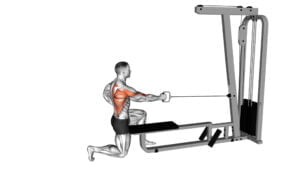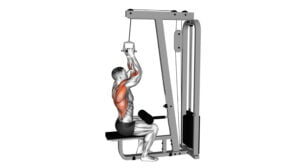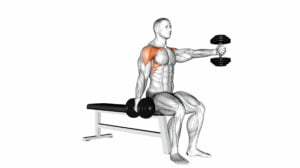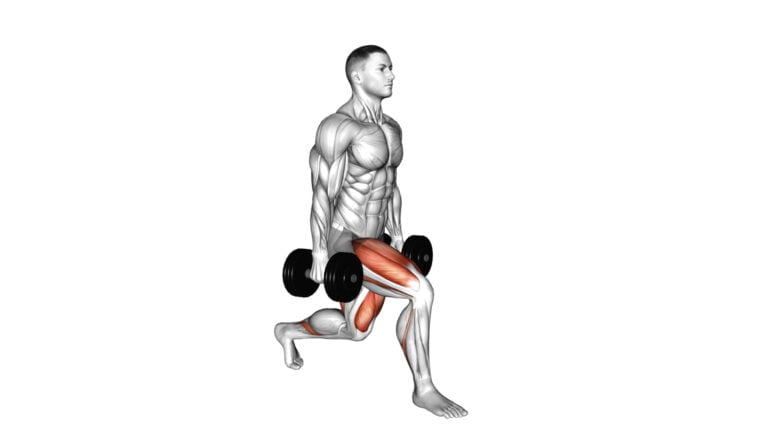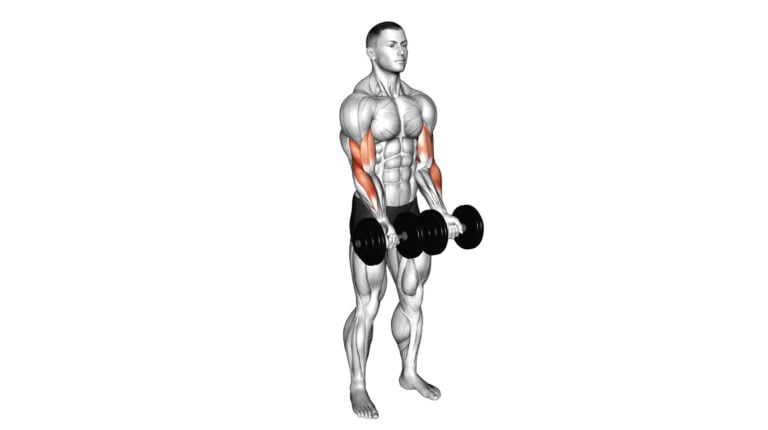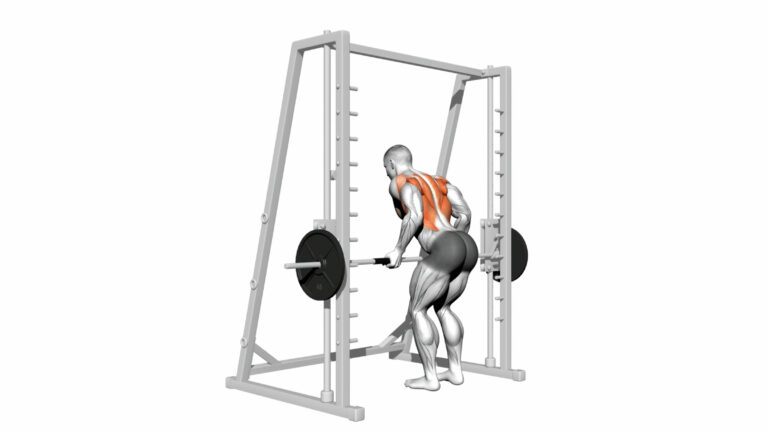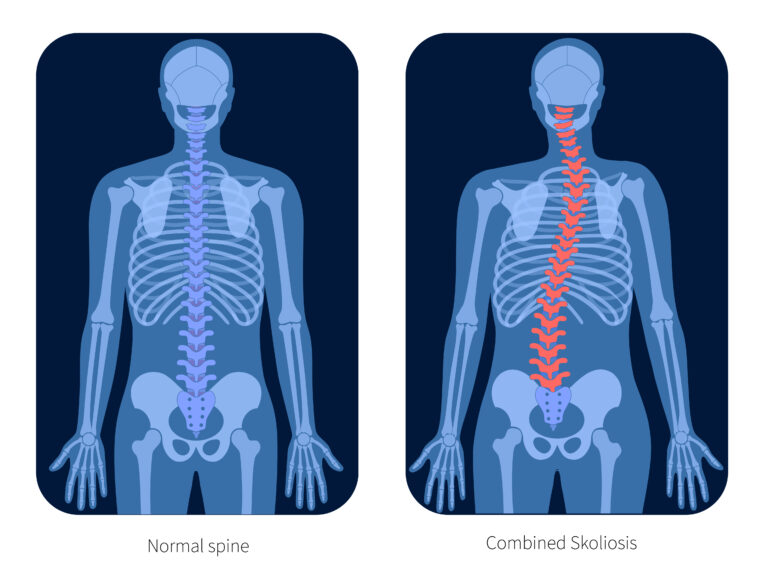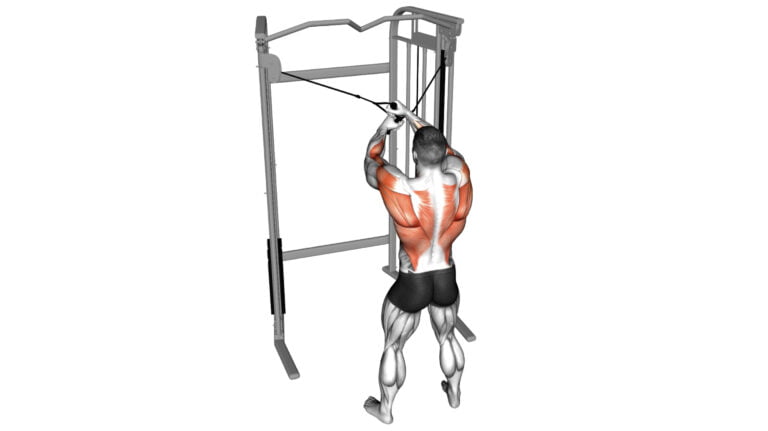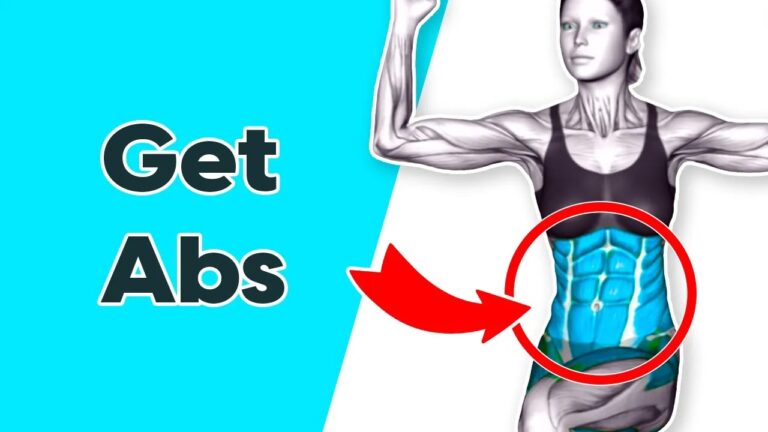The Top 5 Cable Exercises For Forearms To Build Grip Strength And Size
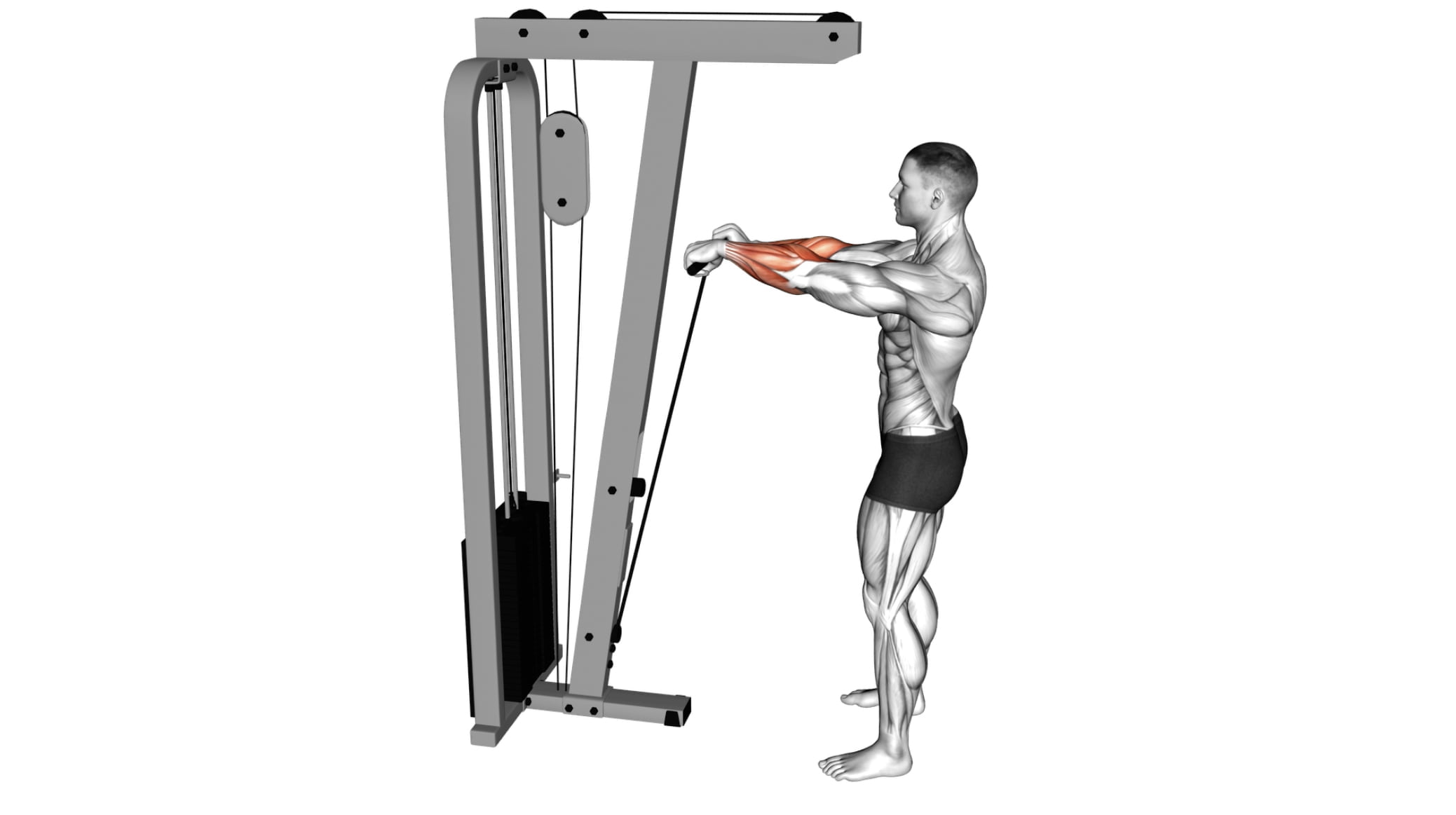
It’s a common myth that forearm strength is solely the byproduct of overall arm workouts. But as an experienced fitness coach with years specializing in targeted muscle development, I can assure you this isn’t the case.
Forearms deserve their own spotlight for a grip that doesn’t falter and muscles that stand out when you roll up your sleeves.
Building formidable forearms isn’t just about aesthetics; it’s about laying the foundation for superior strength and function in practically every upper-body movement. From turning doorknobs to mastering pull-ups, powerful forearms are key players in our daily lives and athletic pursuits.
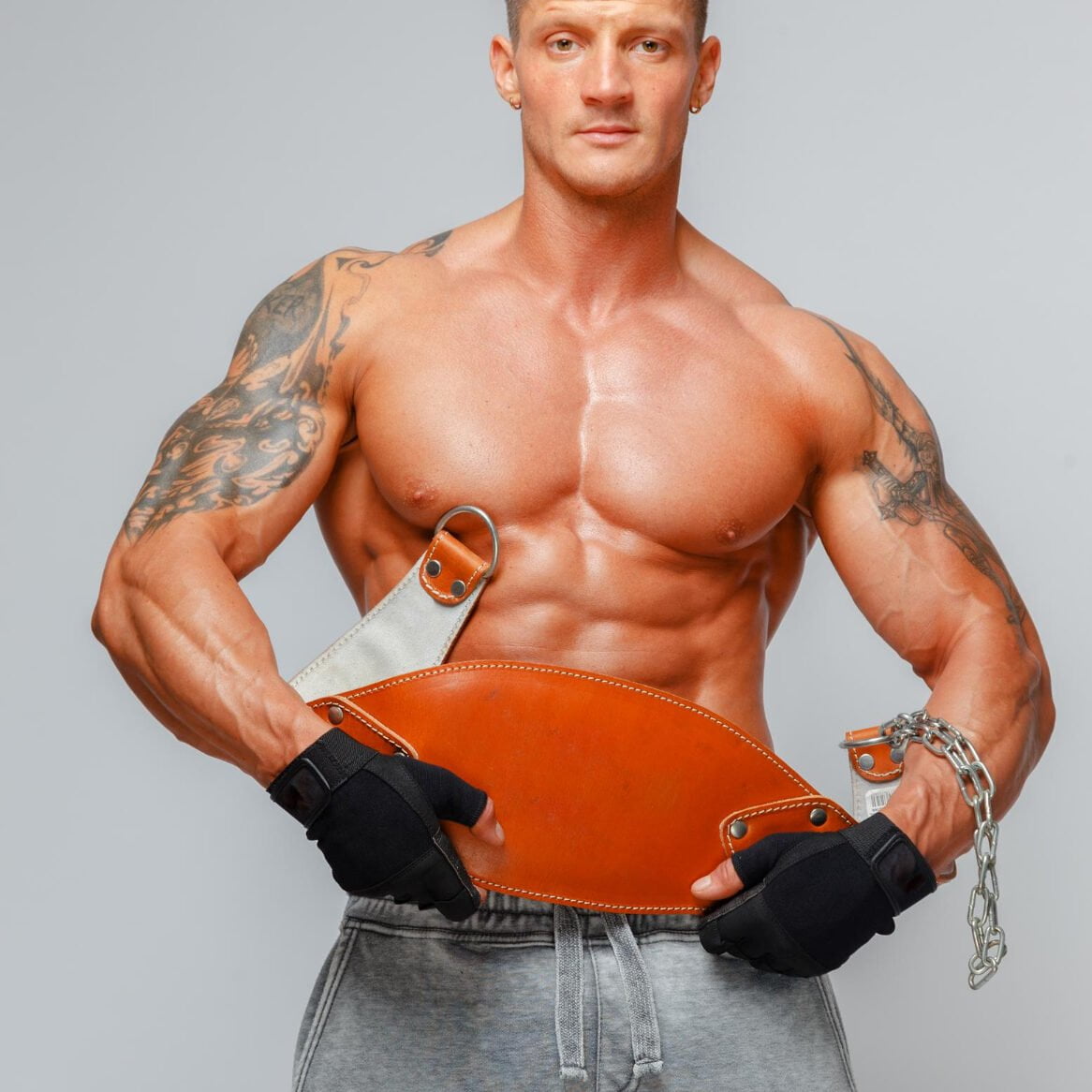
Dive into these expertly curated cable exercises for forearms, designed to enhance both grip strength and muscle size – trust me, your future self will thank you. Ready? Let’s pump up those forearms!
Key Takeaways
- Cable exercises for forearms enhance grip strength and muscle size, essential for daily tasks and athletic performance.
- Targeting forearm muscles through specific cable workouts can also help prevent injuries by supporting wrist stability and elbow joints.
- To effectively strengthen forearms, incorporate a range of exercises like Cable Reverse Wrist Curl, Cable Standing Wrist Reverse Curl, Cable Standing Wrist Curl, Cable Standing Wrist Roll, and Cable Standing Back Wrist Curl into your routine.
- For optimal results in forearm development, perform 3-4 sets of each exercise with 8-15 reps at a challenging yet manageable weight that allows controlled movements.
- Regularly practicing these top cable exercises can lead to visible gains in the forearms and an ironclad grip that enhances overall upper body functionality.
Importance of Forearm Workouts
Forearm workouts are essential for improving grip strength, which is crucial for various daily activities and sports. Strong forearms can also help prevent injuries and improve overall upper body strength.
Incorporating cable exercises for forearms into your workout routine can lead to improved muscle endurance and a more balanced physique.
Function of the forearms
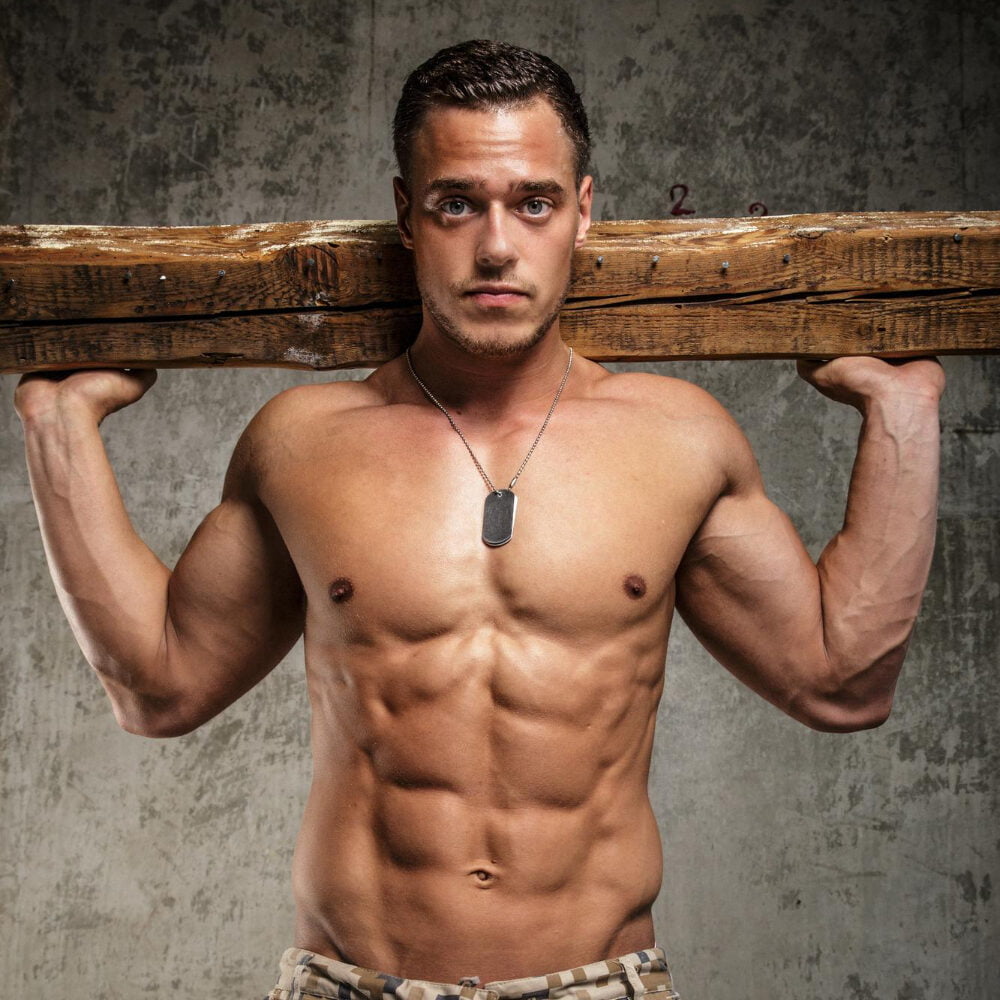
Your forearms play a crucial role in nearly every upper body movement you make. They are the powerhouses that allow your hands to grip, twist, and carry objects throughout your daily activities.
Every time you perform exercises like deadlifts or barbell curls, your forearms activate to stabilize the weights and control their movement with precision.
Strong forearms improve your performance across a wide range of activities—from opening jars in the kitchen to dominating on the climbing wall. They engage during wrist flexion and extension, radial and ulnar deviations, as well as pronation and supination of the hands.
This engagement builds muscle endurance and strength which is essential for actions requiring fine motor skills or heavy lifting. Whether you’re aiming to enhance your physique or just want more functional strength, targeting these muscles through forearm cable exercises is key for comprehensive upper limb development.
Benefits of strong forearms
Strong forearms are essential for more than just a firm handshake. They play a crucial role in daily tasks and most athletic activities, from opening jars to swinging a bat or racket with power and precision.
Enhanced grip strength lets you hold onto weights longer, which can improve performance in lifts like the deadlift and exercises that involve hanging from bars such as pull-ups or chin-ups.
Cable forearm exercises specifically target these muscles, leading to improved endurance that supports wrist stability during various movements.
Developing your forearm muscles also contributes to better overall arm aesthetics; it balances the appearance of your upper arms by filling out sleeves with well-defined muscles. This added muscle mass isn’t just for show – it equips you with the ability to generate force through your hands and wrists, providing an edge in sports like rock climbing or judo where controlling an opponent’s grip can make all the difference.
On top of this, strong forearms reduce the risk of injuries by supporting elbow joints and helping absorb impact in sports that require punching or throwing.
Recommended Cable Exercises for Forearms
Incorporating cable exercises into your forearm workouts can help build grip strength and size. Some effective cable exercises for forearms include the Cable Reverse Wrist Curl, Cable Standing Wrist Reverse Curl, Cable Standing Wrist Curl, Cable Standing Wrist Roll, and Cable Standing Back Wrist Curl.
These exercises target different muscles in the forearms and are great for overall forearm development.
1. Cable Reverse Wrist Curl
The Cable Reverse Wrist Curl is a powerful move targeting the forearm extensor muscles. To get started, stand facing the cable machine with your feet shoulder-width apart and grasp the bar with an overhand grip.
Your hands should be at hip level, palms facing down. With a tight core and shoulders pulled back, curl just your wrists upwards, keeping arms locked by your sides. Focus on squeezing those forearm muscles as you flex.
This exercise really shines when it comes to isolating those hard-to-reach areas of the forearms that many other movements miss. Each contraction is key for muscle growth and hypertrophy in this often neglected part of the arm.
Aim for control throughout each phase: smoothly lifting for the wrist curl and lowering with equal attention to form will maximize efficiency in every rep you pull off.
2. Cable Standing Wrist Reverse Curl
Transitioning from the cable reverse wrist curl, we move on to the cable standing wrist reverse curl. This exercise targets the forearm extensor muscles, primarily the brachioradialis and forearm flexors.
Stand with your feet shoulder-width apart and grasp the cable bar with an overhand grip, keeping your elbows close to your body. Slowly lift the bar by curling your wrists upwards while maintaining a stable upper arm position.
Lower it back down in a controlled manner and repeat for a complete set.
3. Cable Standing Wrist Curl
Engage your forearm muscles by performing cable standing wrist curls. Stand facing a low pulley with a straight bar attachment, grab the bar with an underhand grip, and position your arms extended in front of you.
Flex at the wrist to curl the weight upward as far as possible, then slowly lower it back down to the starting position. This exercise targets the flexor muscles in your forearms and is excellent for building strength and size.
To intensify this exercise, consider using an EZ-curl or straight bar for variation. Keep your movements controlled and deliberate throughout each repetition to maximize effectiveness without straining your wrists.
Incorporating cable standing wrist curls into your workout routine can help enhance grip strength and overall forearm development.
4. Cable Standing Wrist Roll
To intensify your forearm workout, incorporate the Cable Standing Wrist Roll into your routine. This exercise targets the flexor and extensor muscles of the forearms, promoting strength and stability in the wrists.
Begin by gripping a cable handle with an overhand grip, allowing it to unroll fully while keeping your arms stationary. Then, slowly roll the cable back up by flexing your wrists upward.
Strive for controlled movements to maximize muscle engagement throughout each repetition.
5. Cable Standing Back Wrist Curl
Engage your forearms and build grip strength with the cable standing back wrist curl. Stand facing the cable machine, grab the handle with an overhand grip, and hold it at waist level.
Keep your arm close to your body as you curl the weight upward, then slowly lower it back down. This exercise targets the brachioradialis muscle and helps in developing overall forearm strength.
To execute this move effectively, ensure that your form is precise throughout each repetition. Adjust the weight according to your comfort level and aim for controlled movements without using momentum to lift the weight.
Tips for Effective Forearm Workouts
To get the most out of your forearm workouts, it’s important to focus on both form and weight. Start with a weight that allows you to complete each exercise with proper technique, gradually increasing as your strength improves.
Additionally, aim for 3-4 sets of 8-12 reps per exercise to effectively target and develop your forearm muscles.
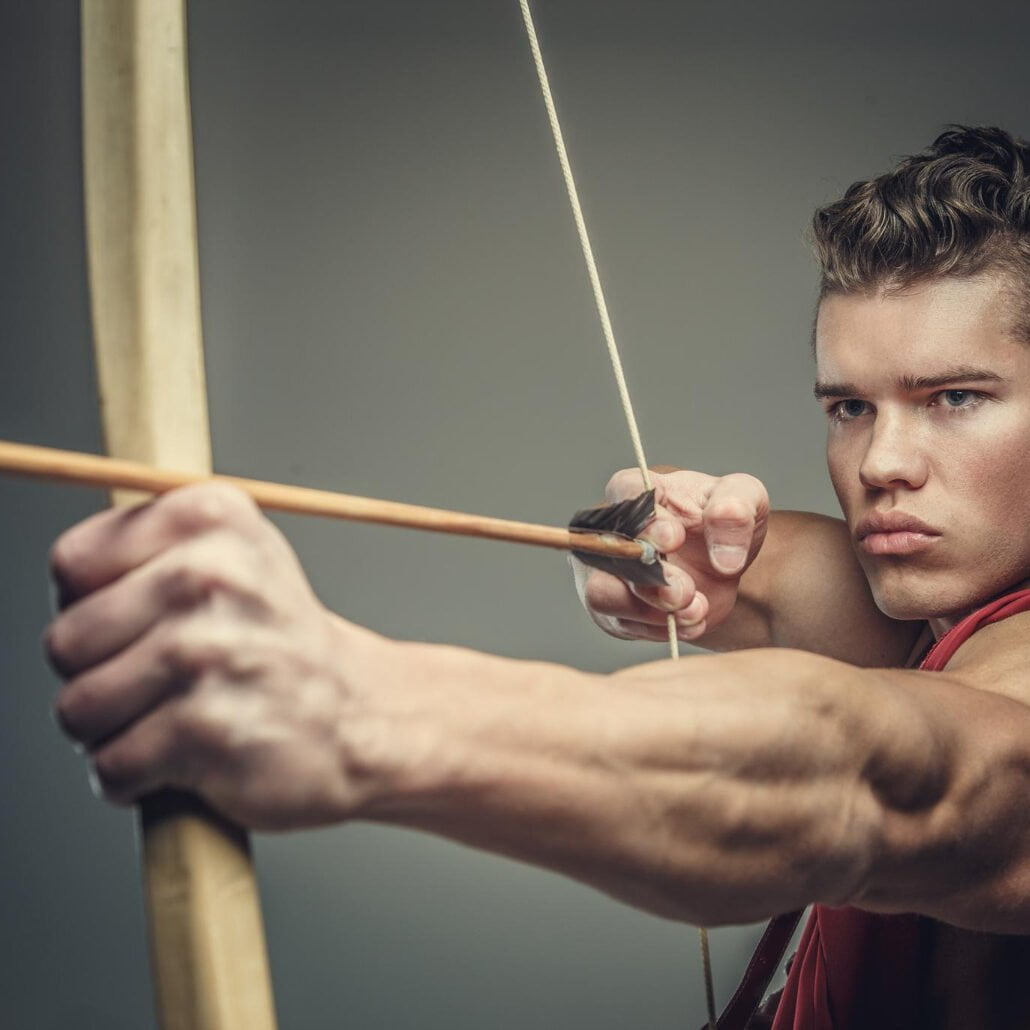
Recommended Sets And Reps
For those looking to forge powerful forearms and an iron grip, understanding the ideal volume and intensity of your workouts is crucial. Sculpting your muscles effectively requires not just the right exercises but also the appropriate amount of sets and repetitions. Below, find a structured approach to integrating these five cable exercises into your forearm-building routine.
| Exercise | Sets | Reps | Rest (Seconds) |
|---|---|---|---|
| Cable Reverse Wrist Curl | 3-4 | 12-15 | 30-60 |
| Cable Standing Wrist Reverse Curl | 3-4 | 12-15 | 30-60 |
| Cable Standing Wrist Curl | 3-4 | 10-12 | 30-60 |
| Cable Standing Wrist Roll | 3-4 | Until Fatigue | 30-60 |
| Cable Standing Back Wrist Curl | 3-4 | 12-15 | 30-60 |
Select weights that challenge you while permitting full movement control. Progress demands pushing your limits; thus, adjust the weight responsibly as your strength increases. Mastery of these exercises will lead to visible gains and formidable grip strength. Now, let’s shift focus to ensuring we’re not just going through the motions but truly amplifying the impact of each curl and roll.
Choosing the right weight
Transitioning from determining the recommended sets and reps to choosing the right weight, it’s essential to find a balance that challenges your forearms without compromising proper form.
Select a weight that allows you to perform each exercise with controlled movements and without straining. By starting with a lighter weight and gradually increasing as needed, you can fine-tune your workout, ensuring maximum benefit from each repetition.
Adjust the resistance so that by the last few reps of each set, maintaining proper form is challenging yet achievable.
Conclusion
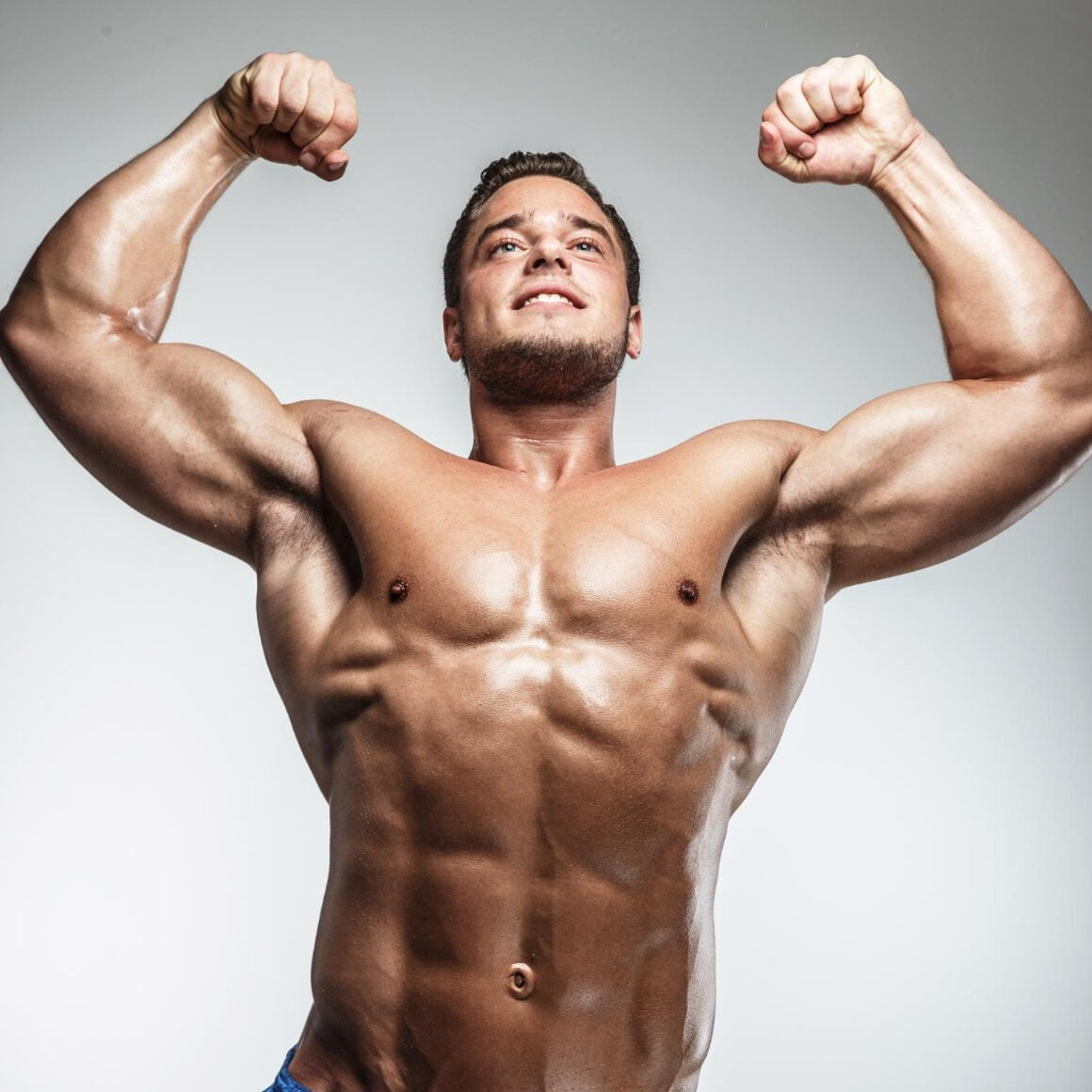
In conclusion, the recommended cable exercises for forearms are effective and simple to incorporate into your workout routine. By focusing on these exercises, you can build grip strength and increase the size of your forearms.
Emphasizing these strategies will lead to noticeable improvements in forearm strength and overall fitness. Additionally, exploring further resources or seeking guidance from a fitness professional can enhance your understanding and execution of these exercises.
Take charge of your forearm workouts today to achieve stronger, more powerful grip strength!
FAQs
1. What are some effective cable exercises for building forearm strength?
Effective exercises for the forearms using cables include wrist curls with a supinated grip, radial deviation lifts, and hammer curls to target the finger flexors and build grip strength.
2. Can I use cable machines to increase my forearm size?
Yes, by performing forearm-focused cable workouts like pronated cable curls and incline bench preacher curls you can stimulate growth in muscle size.
3. How does a cable curl differ from other bicep or forearm exercises?
A cable curl ensures continuous tension on your biceps muscle and forearm throughout the movement compared to free weights like barbells or dumbbells.
4. Should I add grip-specific workouts in my routine if I’m already doing compound exercises?
Absolutely! Adding targeted grip-strengthening routines such as wrist roller work strengthens your fingers, thumbs, and forearms even more effectively than general compound movements alone.
5. What muscles do supinated grip exercises mainly engage in the forearms?
Supinated grip movements focus primarily on anterior (front) parts of the forearms along with elbow flexion which enhances bicep development too.
6. Is it necessary to breathe correctly while doing forearm cable workouts?
Yes, breathing properly during these workouts helps maintain good form, stabilize your hips and lower back, maximizing effectiveness while minimizing injury risk.

Author
Years ago, the spark of my life’s passion ignited in my mind the moment I stepped into the local gym for the first time. The inaugural bead of perspiration, the initial endeavor, the very first surge of endorphins, and a sense of pride that washed over me post-workout marked the beginning of my deep-seated interest in strength sports, fitness, and sports nutrition. This very curiosity blossomed rapidly into a profound fascination, propelling me to earn a Master’s degree in Physical Education from the Academy of Physical Education in Krakow, followed by a Sports Manager diploma from the Jagiellonian University. My journey of growth led me to gain more specialized qualifications, such as being a certified personal trainer with a focus on sports dietetics, a lifeguard, and an instructor for wellness and corrective gymnastics. Theoretical knowledge paired seamlessly with practical experience, reinforcing my belief that the transformation of individuals under my guidance was also a reflection of my personal growth. This belief holds true even today. Each day, I strive to push the boundaries and explore new realms. These realms gently elevate me to greater heights. The unique combination of passion for my field and the continuous quest for growth fuels my drive to break new ground.

